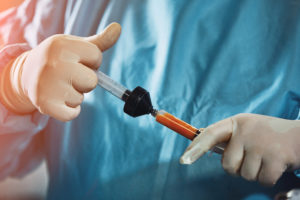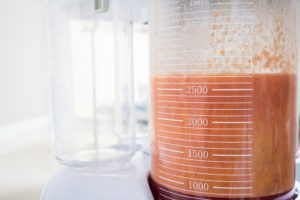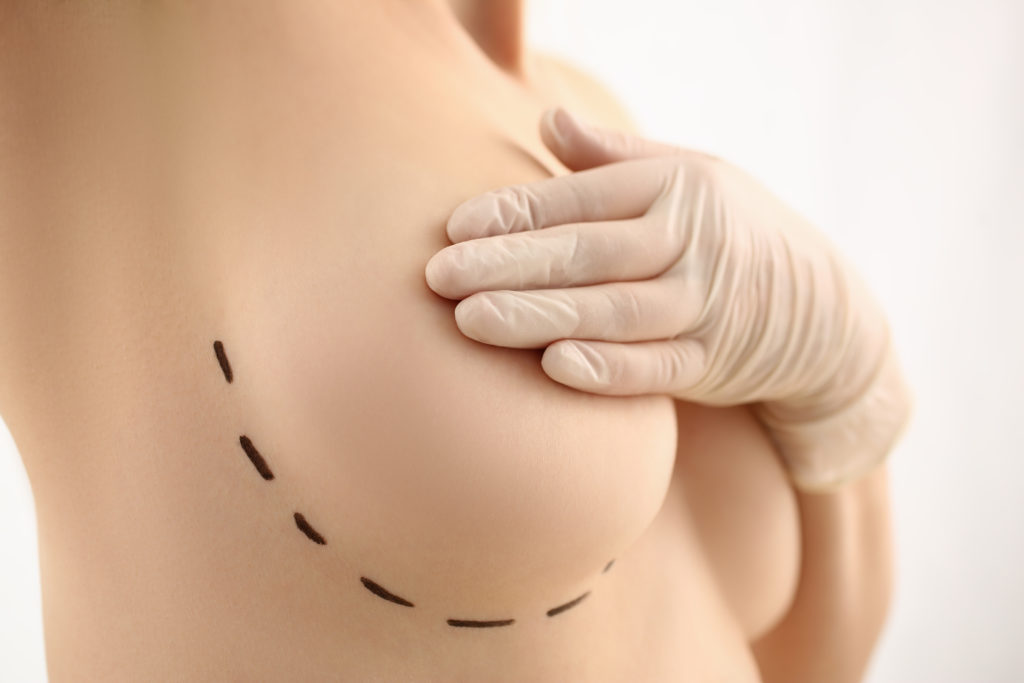How much fat do I really need for a Fat Transfer to breasts
A fat transfer to the breasts, sometimes called a natural breast augmentation, a fat transfer breast augmentation, or fat grafting, is a two-part process that takes excess, unwanted fat from one part of the body through liposuction and injects it into the breast to enhance their size and shape. The results can be more natural in look and feel than implants and it leaves no scarring on the breast. Plus, there’s also the sculpting benefits that come with liposuction. It’s often chosen by women who want to enhance their breasts but are hesitant to undergo typical breast augmentation with implants because of the maintenance and risks associated.
How much fat do I really need for a Fat Transfer to breasts?
As with many aspects of plastic surgery, the correct answer here is that there is no correct answer. The exact amount of fat depends on your goals in fat grafting for breasts, as a larger size requires more fat, and on the amount of fat your surgeon is able to harvest. The more body fat you have, the more fat available to harvest.
 When determining your ideal fat transfer breast augmentation results, having realistic expectations for your surgical outcome is very important to your overall satisfaction. Dr. Barrett has gathered an assortment of natural breast augmentation before and after images you may want to browse to get a fuller scope of not only the type of outcome you can expect, but also his work in breast augmentation and reconstruction. Additionally, Dr. Barrett has a carefully curated postoperative scar regimen to ensure the only reminder of your procedure are your sculpted results.
When determining your ideal fat transfer breast augmentation results, having realistic expectations for your surgical outcome is very important to your overall satisfaction. Dr. Barrett has gathered an assortment of natural breast augmentation before and after images you may want to browse to get a fuller scope of not only the type of outcome you can expect, but also his work in breast augmentation and reconstruction. Additionally, Dr. Barrett has a carefully curated postoperative scar regimen to ensure the only reminder of your procedure are your sculpted results.
Can you use someone else’s fat for fat transfer?
Unfortunately, you can’t use a doner’s fat and use it for your fat transfer or natural breast augmentation. Your body, knowing it’s not your own, would reject the fat and can potentially cause a lot of long-term health problems.
Speaking of problems, while overwhelmingly an extremely safe procedure, there are minimal risks involved (as with  any surgical procedure), mostly in the liposuction part of the procedure, but generally can include, like all procedures, infection and scarring, as well as loss of breast functionality (i.e. nipple sensitivity and loss of breast feeding ability). Any time you do surgery on the breast you can potentially affect the functionality, though it’s important to note there’s no evidence that shows any loss of breast feeding ability caused by a fat transfer breast augmentation.
any surgical procedure), mostly in the liposuction part of the procedure, but generally can include, like all procedures, infection and scarring, as well as loss of breast functionality (i.e. nipple sensitivity and loss of breast feeding ability). Any time you do surgery on the breast you can potentially affect the functionality, though it’s important to note there’s no evidence that shows any loss of breast feeding ability caused by a fat transfer breast augmentation.
Do you want to learn more about Barrett Plastic Surgery? Keep up to date by subscribing to our blog and following us on social media at Twitter, TikTok, Instagram, Realself, YouTube, Snapchat, Yelp, and Facebook for updates.
Thank you for visiting!




0